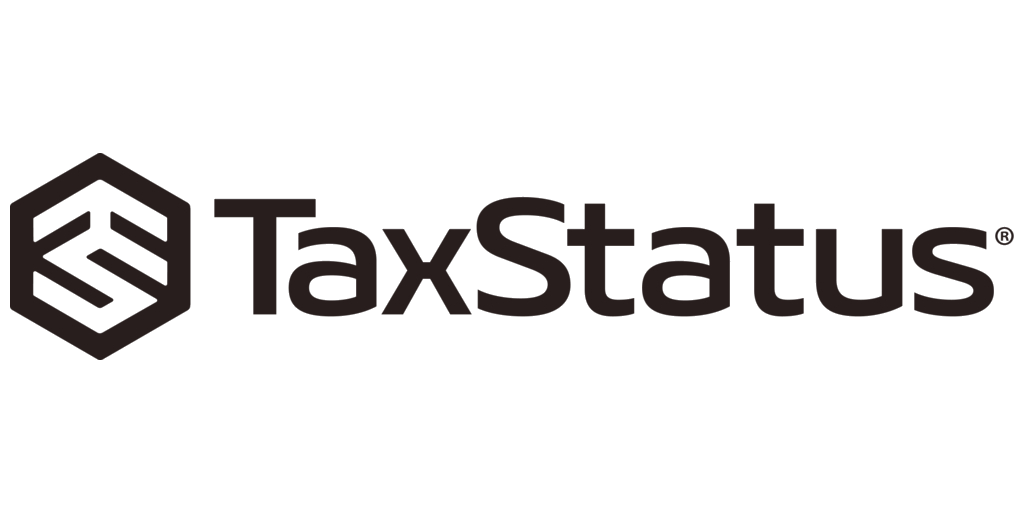Tax Extension: What It Is, How to File One
For most people, April 15 was the last day to request a tax extension, which will move the filing deadline out six months to October 15.

Many, or all, of the products featured on this page are from our advertising partners who compensate us when you take certain actions on our website or click to take an action on their website. However, this does not influence our evaluations. Our opinions are our own. Here is a list of our partners and here's how we make money.
Filing a tax extension can be helpful for people who may be missing important tax documents or need extra time to complete their paperwork. Requesting one is relatively straightforward, as long as you are mindful of the cut-off date. Taxpayers are able to file for an extension electronically or when making an estimated tax payment. Extension requests can also be mailed in.
Jump to
What is a tax extension?
A tax extension — also known as Form 4868 — is a request for an additional six months to submit a tax return to the IRS. It moves the filing deadline from mid-April to mid-October. Importantly, a tax extension doesn't actually buy you more time to pay your tax bill — it only moves your filing due date. If you owe the IRS, taxes were still due by April 15.
How tax extensions work
If you expect to owe taxes: Request a tax extension by the deadline to avoid incurring a late-filing fee. Then, estimate your tax bill and pay to avoid interest and penalties. Paying at least 90% of what you owe can reduce or help you avoid a late-payment penalty. You can use Form 1040-ES or tax software to estimate your liability. If you can’t pay in full, the IRS recommends you pay what you can to minimize fees or explore IRS payment plans that can help you pay off your balance in increments over time.
If you expect a refund: The IRS does not impose a penalty on tax returns that are filed late if you're due a refund. However, filing a tax extension anyway could be a good idea. For example, if you miscalculate and end up with a tax bill, a tax extension will get you out of a late-filing penalty.
Tax extension deadline
The last day to submit an extension request for 2024 returns was April 15, 2025. If a tax return is filed after this date without a valid extension attached to it, the IRS will consider the return late. Penalties and fees will start to accrue if you have a tax bill.
If you are an American citizen living abroad, the federal deadline to file your 2024 income tax return or to request a four-month extension was June 16, 2025. But keep in mind that your deadline to pay was still April 15. If you live in a state that was affected by a FEMA-declared natural disaster, you may get more time, too.
» Is your tax deadline extended? See which states get a federal extension this year
When are taxes due with an extension?
In 2025, a tax extension that is submitted by April 15 moves the tax filing deadline to October 15. If you miss the October due date, penalties will accrue.
Is there a penalty for filing a tax extension?
No. In fact, filing a tax extension can help you avoid a late-filing penalty. As long as you file an extension by the deadline and pay an estimate of your taxes owed, you are given a few extra months to get your cards in order.
How to file a tax extension: Online, software and other options
There are several ways to request a free tax extension, including e-filing Form 4868 or making an estimated tax payment by the tax deadline.
IRS Free File: Free File is an IRS tax preparation service for taxpayers who make below a certain income, but anyone — regardless of income — can go to the IRS website to file a free extension through the program.
Tax software: If you plan to use tax software, most providers support filing Form 4868 for tax extensions. You can simply follow the program’s instructions and see how to file a tax extension electronically. The IRS will send you an electronic acknowledgment when you submit the form.
Tax preparer: If you plan to work with a CPA or other tax preparer, ask if they can file for an extension on your behalf.
By mail: You can apply for a tax extension on paper by filling out Form 4868 and sending it to the IRS through the Postal Service. Make sure to get proof that you mailed it, and note that it must have been postmarked by April 15.
Direct Pay: Because a tax extension only gives you more time to file, not more time to pay, it's a good idea to estimate your taxes owed and make a payment along with your extension request. IRS Direct Pay allows you to note that you're requesting an extension while you're making that payment, which does away with you having to submit Form 4868 altogether.
» Still need to file? See our picks for the best tax software this year.
How much does it cost to file a tax extension?
Filers can submit a tax extension for free up until the April 15 deadline.
How many tax extensions can you file?
Generally, you can't request more than one tax extension per return.

on TaxStatus's Website
How do you file a state tax extension?
The rules for requesting a state tax extension can vary. In some states, you might have to file an additional form, while in others, it might automatically be granted. In certain states, a federal tax extension also serves as a state extension. Illinois, for example, automatically extends the state tax return deadline to mid-October if a person's federal tax extension is approved.
Your state's tax department is the easiest way to determine your state income tax deadline and how to file for a state tax extension.
How automatic tax extensions work
Some people don’t need to worry about applying for tax extensions because they automatically get more time if they meet certain criteria.
U.S. citizens or residents who lived and worked outside of the country on the tax filing deadline may automatically get two extra months to file their return without having to request a tax extension. If you need additional time beyond those two months, you have to file for an extension by the mid-June deadline to extend your filing deadline to October.
Some military members also automatically get extra time, depending on where they are and what they’re doing. The amount of extra time here depends on where the service member is and what they are doing. For example, soldiers in combat areas can get an extra 180 days from their last day in a combat zone to file their tax returns. Hospitalization due to combat injury can prolong the extension.
People living in areas affected by certain natural disasters may automatically get more time, too.









